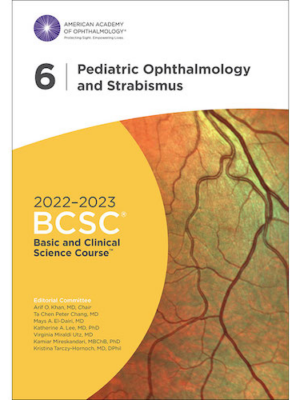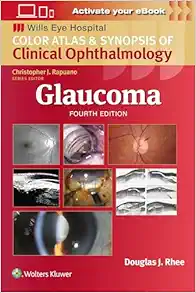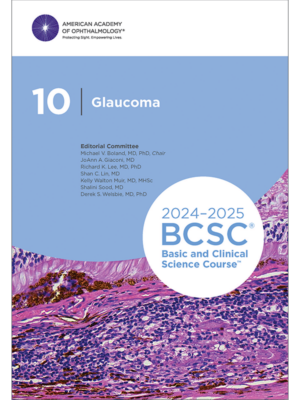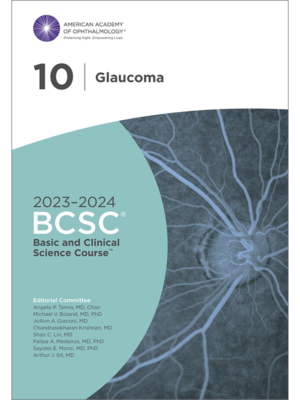by J.R. Samples (Author), I.I.K. Ahmed (Author)
FOREWORD Successful interventional glaucoma remains a sought-after goal for the glaucoma clinician for many reasons. Medical costs, compliance, and adherence remain major barriers for the treatment of our patients. A truly definitive treatment for glaucoma is most likely to be largely surgical, as it is doubtful that patients will continue to use glaucoma drugs in the future for anything other than transient lowering of intraocular pressure. In the coming era, it seems probable that neuroprotection and neurorestoration will be combined with MIGS to lower pressure. Cost and access to medications, as well as cost-effectiveness are all reasons pushing towards surgery becoming the prime method of treating adult glaucoma, as is already the case for pediatric glaucoma. However, this could change if medications were to have a demonstrable beneficial effect upon the cells of the eye, whether corneal or trabecular. Cytoprotection, trabecular protection, and even canaloprotection may lie ahead to join the concept of neuroprotection. In fact, if medications were actually regenerative, it is likely that that they would become a routine component when MIGS is performed. At present, no such beneficial cellular treatment is known, but new medications based on neuroprotection and trabecular meshwork restoration may be on the immediate horizon. It has been suggested that netarsudil would have beneficial effects for both the trabecular meshwork and the optic nerve. Nitric oxide compounds may offer a similar possibility; much remains to be learned as of this writing. Additional good news is that the different types of MIGS are increasing in proportion to their efficacy. To date, there are no fewer than 12 choices available to glaucoma specialists. Choice of procedure depends on the underlying anatomy as well as the patient s individual characteristics. Truthfully, the number of available surgeries depends upon their taxonomy. Most are based on the outflow system and the canal, as illustrated in Chapter 1 of this book. Since our last book on the topic, Surgical Innovations in Glaucoma, the surgical landscape has shifted considerably; in only a few years, much has become obsolete, replaced by more recent findings and techniques. Due to significant improvements, MIGS are increasingly finding their place in patient management to such a degree that a monograph is no longer a suitable format to keep track of all the developments in this area. This collection of articles is intended to be the first of a series of planned books on glaucoma surgery. It follows the format and citability of another glaucoma series from Kugler Publications, Glaucoma Research and Clinical Advances, soon to publish its third volume. Comments and contributions to this new surgical series are very much welcome. We hope that this volume will not only enhance the reader s clinical care, but will also spark a dialogue that aids us all in increasing the quality of care we render to our patients.
Product Details
- Publisher : Kugler Publications (January 2, 2020)
- Language : English
- Hardcover : 300 pages
- ISBN-10 : 9062992765
- ISBN-13 : 978-9062992768
- ISBN-13 : 9789062992768
- eText ISBN: 9789062999071
- Item Weight : 1.74 pounds
 Disorders of Retina and Vitreous (Modern System of Ophthalmology) (MSO)
1 × $10.00
Disorders of Retina and Vitreous (Modern System of Ophthalmology) (MSO)
1 × $10.00 Comprehensive Textbook of Eyelid Disorders and Diseases
1 × $23.00
Comprehensive Textbook of Eyelid Disorders and Diseases
1 × $23.00 2022-2023 Basic and Clinical Science Course, Section 06: Pediatric Ophthalmology and Strabismus Major Revision
1 × $10.00
2022-2023 Basic and Clinical Science Course, Section 06: Pediatric Ophthalmology and Strabismus Major Revision
1 × $10.00
![[Original PDF] Current Developments in Glaucoma Surgery and MIGS: 3 1 [Original PDF] Current Developments in Glaucoma Surgery and MIGS: 3](https://ophthalmologyebooks.store/wp-content/uploads/2022/12/9789062992768.jpg)







